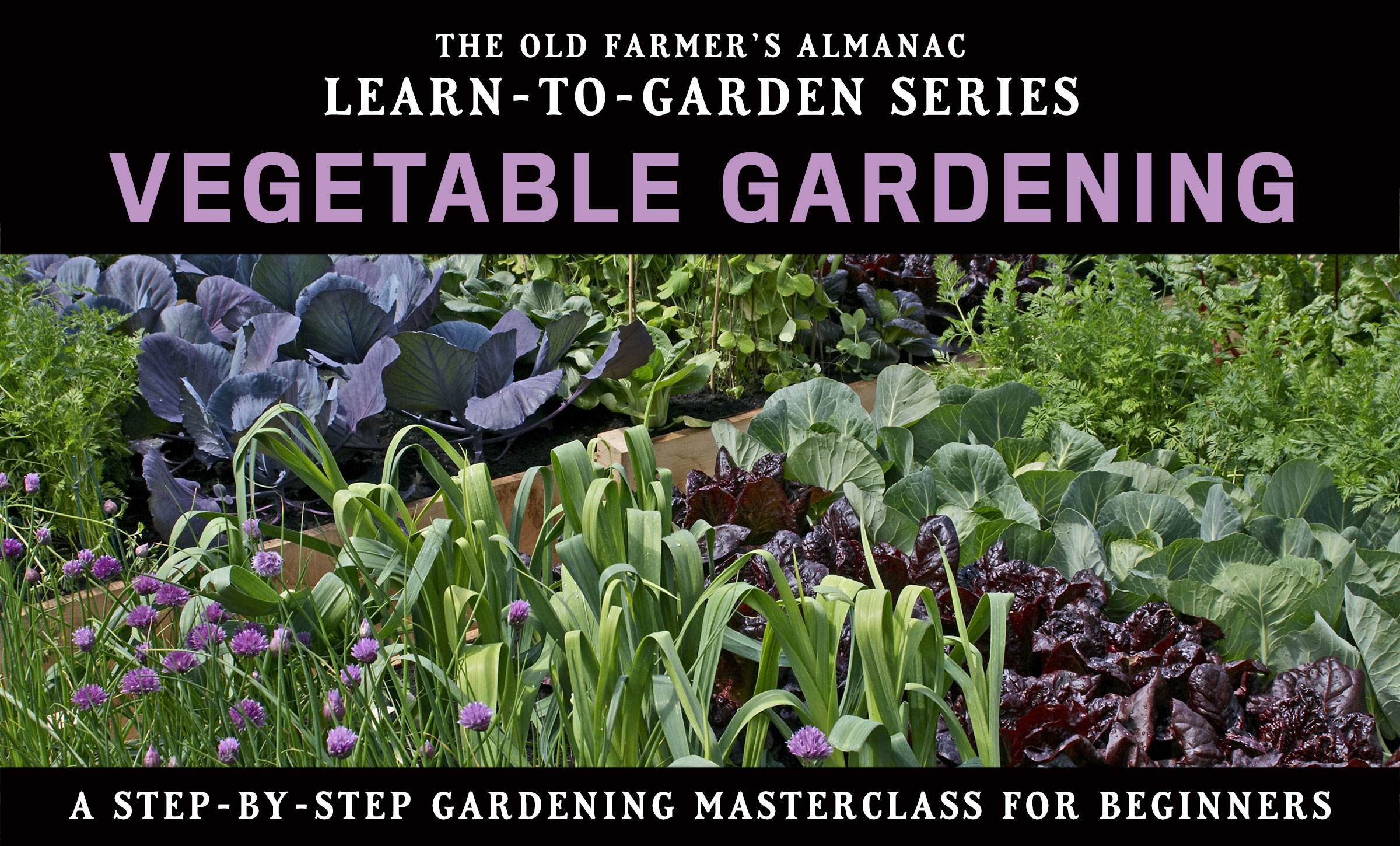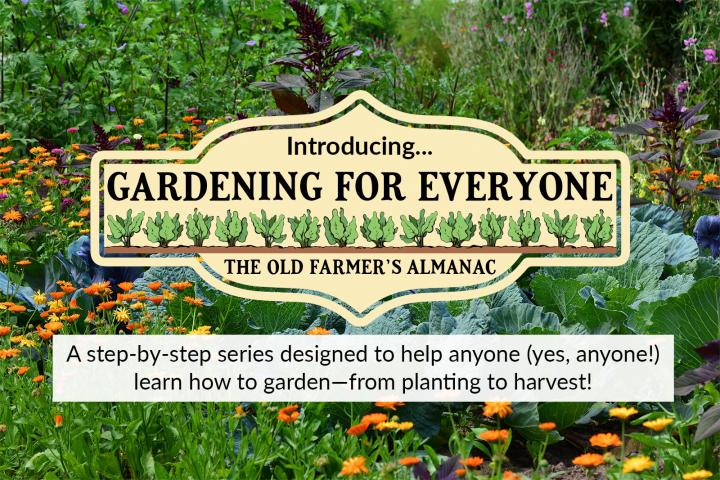Preparing Seedlings for Transplant by Hardening Them Off
“Hardening off” is the process of getting your indoor-grown seedlings accustomed to life outdoors. Find out how to move your young plants to the garden safely—and without stalling their growth!
How to Successfully Harden Off Indoor-Sown Plants
“Hardening off” is the process of gradually acclimatizing indoor-sown plants to outdoor conditions.
For most plants, begin hardening off a week before the final frost date for your area. Our Garden Planner uses data from your closest weather station to recommend when it’s safe to plant out, providing a helpful guide to work back from.
Choose a sheltered spot to harden off your plants. An unheated greenhouse or cold frame is a great tool for this, or you can cluster pots into buckets, crates or boxes to keep the wind off. Don’t place pots directly on the ground where they can easily be knocked over by birds or attacked by slugs.
Begin hardening off on a still, cloudy day when temperatures are fairly steady. Water plants before they go outside. Place them into your sheltered spot for just two hours on the first day. The next day, leave them out for two more hours, with perhaps an hour’s direct sunshine in the morning. Gradually increase the length of outdoor time and direct sunshine over one to two weeks. You can then leave them out overnight if there’s no danger of frost.
In cold winter regions, plants – particularly tender plants such as tomatoes and peppers – will need to be prepared for the cooler nights early in the growing season. Towards the end of the hardening off period, cover your crops with fleece or row covers to protect them overnight. Once crops have been planted into their final positions, be alert for unexpected cold snaps and cover tender crops if necessary.
It’s a good idea to grow a few more plants than you need so you can hold some back just in case. Bought-in plants may also need hardening off, particularly if they have been kept in sheltered conditions.
Read our full page about transplanting seedlings.
Also: Be sure to check out the Almanac Garden Planner! We’re offering a free 7-day trial to create your best garden.
Free Online Gardening Guides
We’ve gathered all of our best beginner gardening guides into a step-by-step series designed to help you learn how to garden! Visit our complete Gardening for Everyone hub, where you’ll find a series of guides—all free! From selecting the right gardening spot to choosing the best vegetables to grow, our Almanac gardening experts are excited to teach gardening to everyone—whether it’s your 1st or 40th garden.

Getting Started
Planning For a Garden
Planting a Garden
Plant Growing and Care
Harvesting and Storing Vegetables
ADVERTISEMENT
Hard soil can be treated with purchased enzymes ... or with "compost tea" (they have info in Farmer's Almanac for easily making this), use of worms, etc.
I live in a warm climate so started my tomatoes outside, several seeds to a small pot. I used half plastic water bottles to cover each plants. The pots were stored in a large cardboard box (the type bananas come in to the greengrocer as these have a large plastic bag inside). The lids were closed at night and the whole cardboard box covered with the plastic bag, attached to the box with clothes pegs. In the daytime they were left open. They are now in individual 6" pots in the box so still protected, but without a lid. All my tomatoes are now strong bushy healthy little plants about 12" high. This method works for me as I have no greenhouse, coldframe or indoor windowsills and at minimal cost.
T’was the mid of summer when my husband told me to get info of the farmers Almanac since it’s where the farmers or even our forefathers in the tropics gets guides is to when to start seeding and planting. Now that we migrated to the coolest country which is more way complicated than at the tropics when to start.
So I google and truly I stumble here and never waste time reading and hope it’ll help me next season and maybe able to have a better outcome of my favourite tropical veggies at my tiny back yard as well my flower garden at front.
Yet I really need to learn a lot regarding the type of my soil as well even I damp a lot of peat moss, cow and sheep manures as well mulch I noticed that at this ending of summer season, I noticed that the soil around the veggies as well my flower plants got so hard even I cultivate them once a week.
Hope as well to find a remedy in the Almanac to make the soil less hard and well drained.
I have a garden cart that I use for hardening off young plants. I put them all in the cart, bring them outside and each day, increase the length of time. This way I don't have to move each plant.
Thanks for the tip when hardening off your young plants putting them all in a cart to bring them outside. I was thinking how much trouble this would be to bring them all separately outside each day. Thanks










